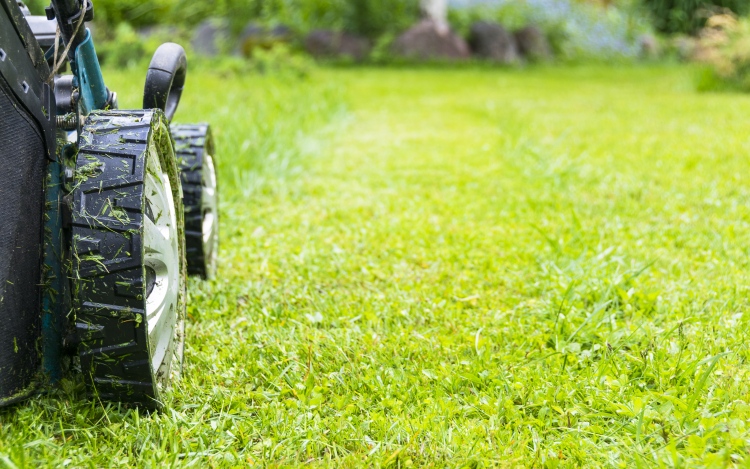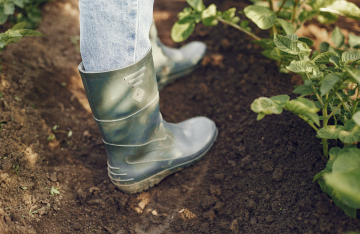The green, well manicured lawn will start to dissipate during the last week of falls, replaced by soggy and wet patch of land. In this situation, you should get properly prepared on making the lawn well maintained during the cold winter months. A good maintenance plan will ensure that the lawn will recover much more easily when spring arrives. During the last week of the autumn, it is a good thing if we mow the lawn to take the young growth of the grass. Young leaves of the grass can’t withstand the winter months and we should leave only the base of the plant and its crown. Grasses with young leaves can be more easily affected by harsh, cold weather. With the absence of young leaves, grasses will easily become dormant and keep themselves protected against snow. You only need to cut the tips of the grass to let it survive better and withstand the cold winter climate. Because grasses stay dormant during the winter, you shouldn’t actually feed them. We need to keep at the state of hibernation. It’s no time for grasses to grow, because they will become more vulnerable to diseases and damages. Nitrogen-based fertilizers will cause grasses to commence the growth and they may start to sprout, which is not a good thing. If grasses start to become malnourished, it is better to choose fertilizers based on phosphorus and potash, which don’t encourage too much growth. Standard fertilizers can be given on our lawn when the winter has really ended.
After spring, summer and fall, the soil in the lawn is continuously being used to sustain the growth phase and it becomes compacted. Other than nutrients and moisture, the lawn also needs enough air and it means that the soil needs to be aerated. Before the first snow, it is a good idea to perform light aeration of the lawn. For smaller lawn, we may use aeration shoes, while for a larger lawn, we will need a drum aerator to efficiently break up the soil. During the winter, our lawn is constantly wet and it becomes a perfect breeding ground for different kinds of disease. We should be able to improve the situation by clearing dry leaves, moss and other unwanted debris before snow arrives.
Because the soil is constantly wet and grasses are in the hibernation mode, there’s no need to water the lawn. It means that grass significantly reduces its water and nutrients requirements. It is storing the energy for the next phase of growth during spring time. After a few cold months, the soil may need to be aerated again to prepare for the spring. When the soil is loosened up and filled with pockets of air, grass should be able to grow much more easily. We should see winter as a part of the natural cycle and native plants, including grasses, in our area should be well adapted to typical cold winter days. So, just do anything that is necessary, sit back and watch.




